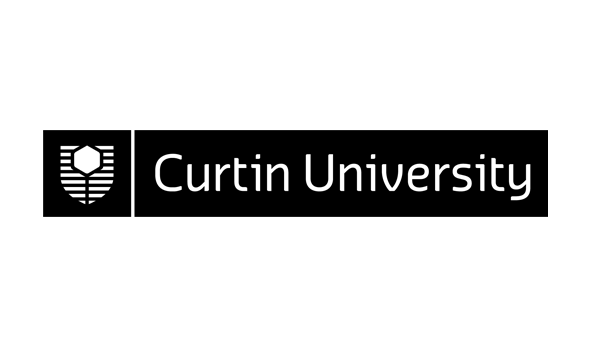305410 (v.1) Nanochemistry 302
| Area: | Department of Applied Chemistry |
|---|---|
| Credits: | 25.0 |
| Contact Hours: | 6.0 |
| ** The tuition pattern below provides details of the types of classes and their duration. This is to be used as a guide only. For more precise information please check your unit outline. ** | |
| Lecture: | 2 x 1 Hours Weekly |
| Laboratory: | 4 x 1 Hours Weekly |
| Prerequisite(s): |
8026 (v.4)
Physical Chemistry 202
or any previous version
OR 8030 (v.4) Inorganic Chemistry 202 or any previous version OR 8028 (v.4) Organic Chemistry 202 or any previous version |
| Syllabus: | Theory and practice of molecular modelling. Interatomic potentials and ab initio methods. Applications to simulating nanoscale processes. Supramolecular chemistry and self-assembly of nanoscale structures including molecular machines. Selective receptorsas the basis of molecular sensors. Scanning probe microscopy, visualisation and characterisation of materials on the nanoscale using both atomic force and scanning tunnelling microscopy. Generation of surface features using scanning probe microscopy. |
| ** To ensure that the most up-to-date information about unit references, texts and outcomes appears, they will be provided in your unit outline prior to commencement. ** | |
| Field of Education: | 010500 Chemical Sciences (Narrow Grouping) |
| SOLT (Online) Definitions*: | Not Online *Extent to which this unit or thesis utilises online information |
| Result Type: | Grade/Mark |
Availability
| Year | Location | Period | Internal | Partially Online Internal | Area External | Central External | Fully Online |
|---|---|---|---|---|---|---|---|
| 2008 | Bentley Campus | Semester 2 | Y |
Area External refers to external course/units run by the School or Department or offered by research.
Central External refers to external and online course/units run through the Curtin Bentley-based Distance Education Area
Partially Online Internal refers to some (a portion of) learning provided by interacting with or downloading pre-packaged material from the Internet but with regular and ongoing participation with a face-to-face component retained. Excludes partially online internal course/units run through the Curtin Bentley-based Distance Education Area which remain Central External
Fully Online refers to the main (larger portion of) mode of learning provided via Internet interaction (including the downloading of pre-packaged material on the Internet). Excludes online course/units run through the Curtin Bentley-based Distance Education Area which remain Central External

